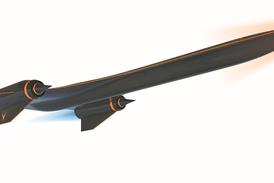David Learmount/AMSTERDAM
Crew reliance on flight deck automation has been identified as the top potential safety risk in aircraft of the future, according to the European Joint Aviation Authorities' Future Aviation Safety Team (FAST).
Other areas of predicted risk include operations and maintenance changes, including future air traffic management practices and a shortage of qualified maintenance personnel, says the JAA's regulation director Yves Morier, speaking at the Flight Safety Foundation's 12-14 March European Aviation Safety Seminar in Amsterdam.
The FAST has an unprecedented mandate: to determine what risks any changes are likely to bring before the precise nature of the changes has even been decided. The aim is to change flight safety management from a purely "historic" or reactive system to a proactive one. So far the team has identified 155 possible hazards.
FAST's "top 20" predicted hazards include:
reliance on cockpit automation; increased traffic congestion, and planned reduced separation; new technologies with unforeseen human factor aspects; crews more often flying aircraft fleets which have some commonality but "widely varying equipment and capabilities". Also ageing avionics, powerplants and aircraft, and "variation of the sophistication" of hardware and software in individual aircraft types"; the lack of qualified aircraft maintenance personnel, and "incentives to outsource aircraft maintenance and modification".Source: Flight International























